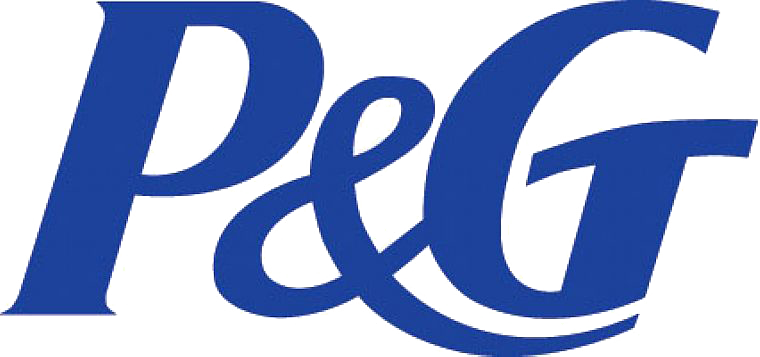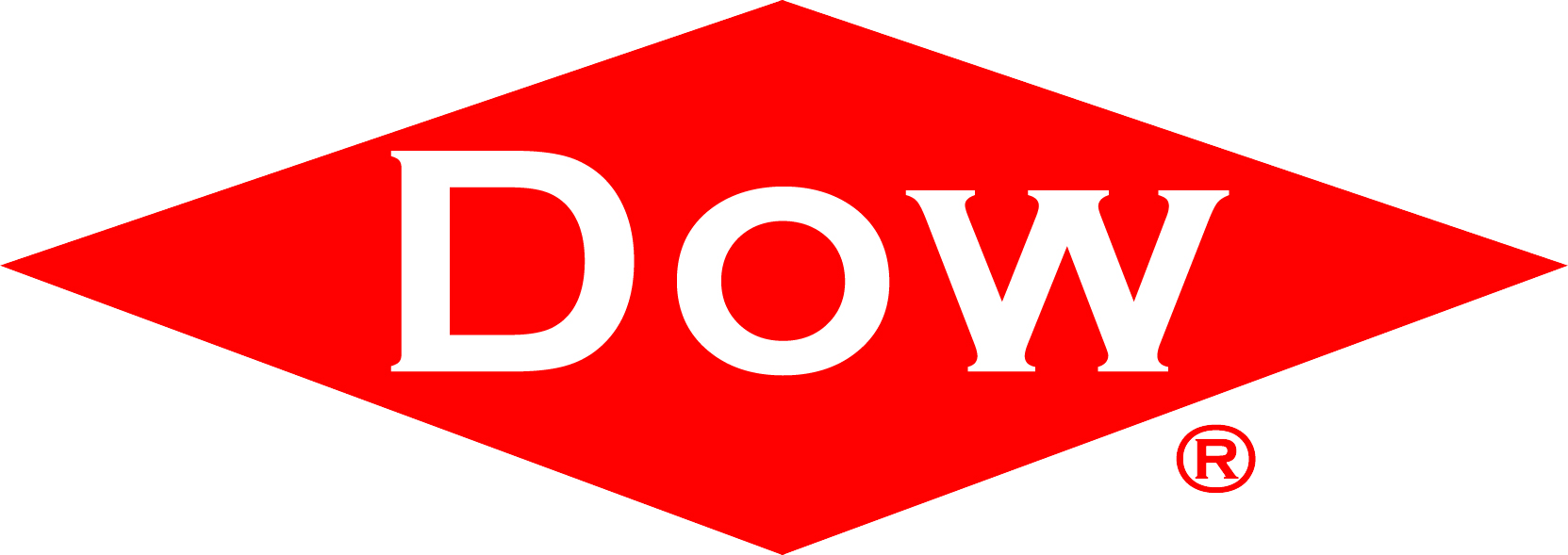The history of IMBIBER BEADS® really is the history of Super Absorbent Polymers (SAPs) which were first manufactured from cellulosic materials, such as wood pulp. Later advances in polymer sciences made them out of polyacrylates and polyacrylamides.
 A scientist at Procter & Gamble, named Victor Mills, invented the most significant application for SAPs – disposable diapers – which became known by the brand name Pampers® in the mid-1960s.
A scientist at Procter & Gamble, named Victor Mills, invented the most significant application for SAPs – disposable diapers – which became known by the brand name Pampers® in the mid-1960s.
The success of
Pampers was due to their ability to retain water within their molecular structure and not re-release it. This water retention caused the molecules to 'swell' and meant that it would exhibit tremendous thirst.
 During the same time period that EXXON was experimenting with micro fibers and creating the melt-blown polypropylene process (~ 1970), The Dow Chemical Company was witnessing some very interesting performance characteristics from a polymer they created as an offshoot application for a new monomer they were producing.
During the same time period that EXXON was experimenting with micro fibers and creating the melt-blown polypropylene process (~ 1970), The Dow Chemical Company was witnessing some very interesting performance characteristics from a polymer they created as an offshoot application for a new monomer they were producing.
Instead of simply allowing organic liquids to 'coat surfaces,' the liquids actually 'diffused' into the solid structure of these tiny plastic, spheres. Dow Chemical later called these spheres IMBIBER BEADS®, because of their bead-like shape and the fact that the words imbibe and absorb are synonyms.
The performance of these imbibing polymers was fundamentally different from anything else that Dow Chemical had witnessed previously.
As the liquid diffused into the IMBIBER BEADS® they began to 'swell' and the liquid became an integral part of the bead structure. as opposed to maintaining a distinctly liquid form had it only adhered to the surface of the IMBIBER BEADS®.
As a consequence of the diffusion process, IMBIBER BEADS® demonstrated a number of other performance characteristics. These further illustrated their uniqueness from the sorbent materials referenced above, such as melt-blown polypropylene, straw and kitty litter.